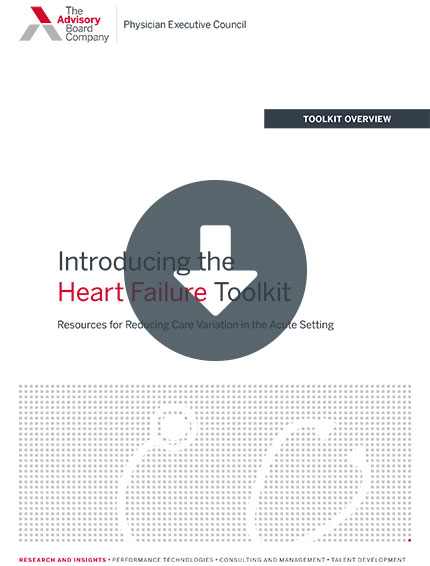Auto logout in seconds.
Continue LogoutSleep apnea is a treatable condition that "can be downright deadly," yet research suggests few patients get diagnosed and receive treatment, Austin Frakt, a health economist, writes for the New York Times' "The Upshot."
3 trends in sleep services providers should be prepared for
Obstructive sleep apnea "is marked by a collapse of the upper airway leading to shallow breathing or breathing cessation that causes decreases in blood oxygen," Frakt—who holds positions at Veterans Affairs, Boston University, and Harvard University—writes. In April, Frakt was diagnosed with the condition, and along his journey to receive treatment, Frakt writes that he learned several notable facts.
For instance, he learned sleep apnea is "associated with a greater risk of depression, heart attacks, strokes and other cardiovascular conditions, as well as insulin resistance." The condition, Frakt writes, also poses a "significant public safety risk," as "up to 30% of motor vehicle crashes are caused by sleepy drivers." He continues, "Drivers with sleep apnea are nearly five times more likely to be involved in a motor vehicle accident than other drivers."
He also learned that "'heroic snoring' is a clinical term" used to describe "snores that can be clearly heard through walls"—and that you don't have to be a heroic snorer to have sleep apnea.
Low diagnosis rate
But despite the risks of sleep apnea, Frakt writes that few U.S. adults "are diagnosed or get treatment." He cites one study that estimated 90% of individuals with sleep apnea have not received a diagnosis.
According to Frakt, there are several reasons the diagnosis rates for the condition are low. "For one," he writes, "it's not always evident you have it." Frakt explains that not all sleep apnea patients snore, so patients may not realize they have a problem unless they become extremely fatigued.
"I can attest to the fact that even light sleepers and occasional (non-heroic) snorers (like me) can have sleep apnea and not know it," Frakt writes.
Another reason is that diagnosing the condition requires patients to get a sleep test, which involves sleeping at home or in a lab connected to a machine that monitors sleep and breathing.
Further, some patients may fear the sleep apnea treatments, Frakt writes. While there are numerous treatment options, the "gold standard" is an airway pressure machine that requires the individual to wear a mask that delivers a steady stream of air to force the airway open. "The prospect of sleeping with a mask, and next to a machine, can be off-putting and, for some, uncomfortable," Frakt writes, although the devices have become "far more comfortable and quiet over the years." He notes that even among those who do receive the treatment, only about 60% use it as directed.
There are also less invasive options like oral appliances, which Frakt describes as "fancy mouth guards," nasal patches, and, in extreme cases, surgery. Cost can be a barrier for some, Frakt writes as insurance does not always cover the devices, which can range from "hundreds of dollars to thousands."
Still, Frakt concludes, "There's a public safety interest in treating sleep apnea more widely" (Frakt, "The Upshot," New York Times, 6/25).
Don't miss out on the latest Advisory Board insights
Create your free account to access 1 resource, including the latest research and webinars.
Want access without creating an account?
You have 1 free members-only resource remaining this month.
1 free members-only resources remaining
1 free members-only resources remaining
You've reached your limit of free insights
Become a member to access all of Advisory Board's resources, events, and experts
Never miss out on the latest innovative health care content tailored to you.
Benefits include:
You've reached your limit of free insights
Become a member to access all of Advisory Board's resources, events, and experts
Never miss out on the latest innovative health care content tailored to you.
Benefits include:
This content is available through your Curated Research partnership with Advisory Board. Click on ‘view this resource’ to read the full piece
Email ask@advisory.com to learn more
Click on ‘Become a Member’ to learn about the benefits of a Full-Access partnership with Advisory Board
Never miss out on the latest innovative health care content tailored to you.
Benefits Include:
This is for members only. Learn more.
Click on ‘Become a Member’ to learn about the benefits of a Full-Access partnership with Advisory Board
Never miss out on the latest innovative health care content tailored to you.

